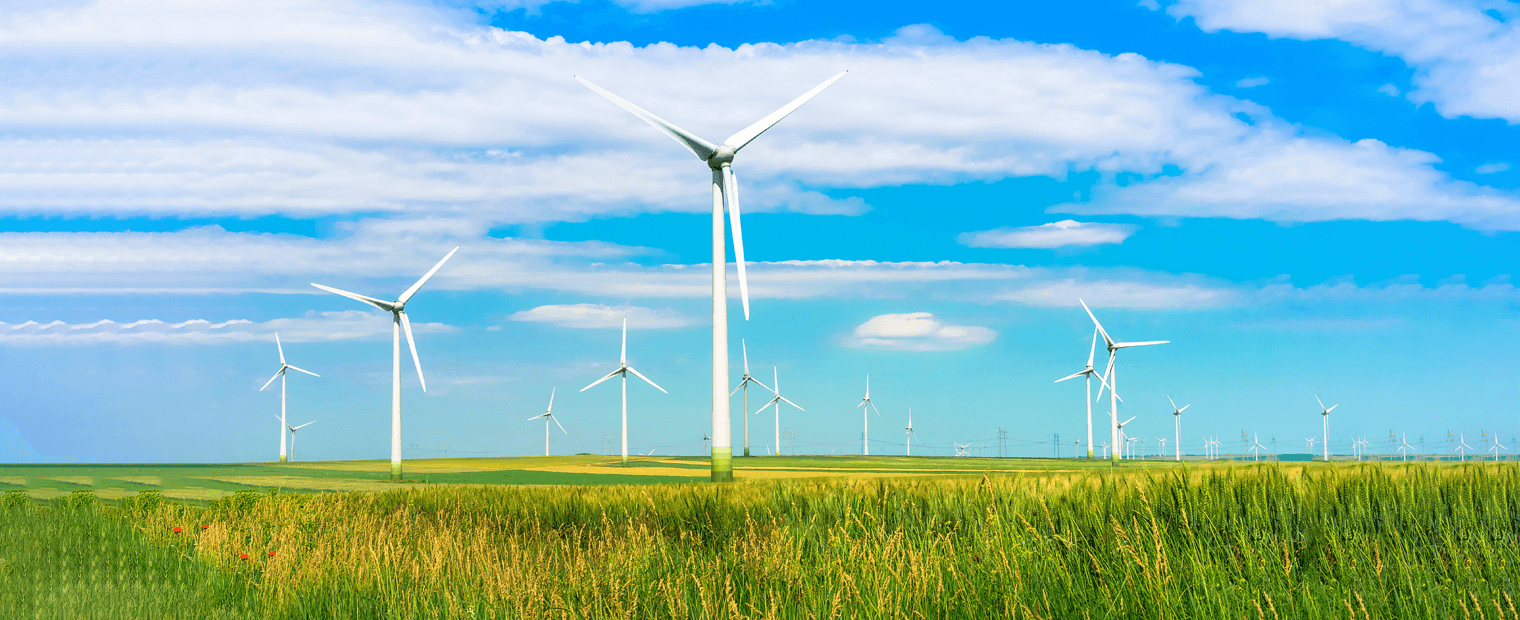The scientific community is in agreement that the world now has less than a decade to get climate change under control. While many industries and organizations have embraced sustainability goals, there’s still very much an air of “where do we begin?”
In its 2018 report, the U.N. Intergovernmental Panel on Climate Change (IPCC) sounded an urgent alarm. The report was requested as part of the 2015 Paris climate agreement and represented nearly 100 scientists’ work. While it claimed the world was standing on the brink of failure in holding global warming to moderate levels, it also gave hope by affirming that 1.5 degrees Celsius was still possible. Still, this was only achievable if emissions stopped at the time the report was issued.
With the U.S. recently rejoining the Paris Agreement after a 2-year break, there are now only seven countries that have not ratified the agreement. Combined, they account for approximately 4% of global greenhouse gas (GHG) emissions. The U.S. accounts for 13% and is second only to China, which is responsible for close to 30% of GHG emissions.
Since GHGs have been the primary driver of climate change, achieving net-zero carbon emissions must be the new global mantra.
The Human Responsibility and Response-ability
The U.N. sees climate change as the defining issue of our time, and it sees a clear link to human responsibility for the destructive rise in GHGs:
– The amount of GHGs in our atmosphere is directly linked to the average global temperature.
– This concentration of GHGs has risen steadily since the Industrial Revolution began in the 1760s.
– Carbon dioxide is the most plentiful GHG and accounts for about two-thirds of GHGs.
– Carbon dioxide is mostly the product of burning fossil fuels.
– As more and more carbon dioxide is introduced into the air, mean global temperatures rise accordingly.
As temperatures rise, so too do the risks of extreme weather and heat events. To avoid climate disasters, the world would need to increase the percentage of electricity from renewables like wind and solar from the current 24% to something more like 50 to 60%. Still-operating gas and coal plants would need to be equipped with new technologies that prevent them from emitting carbon dioxide into the atmosphere, and by 2050 most coal plants would need to be shut down.
How the World Can Respond to These Seemingly Unattainable Goals
The U.N.’s 17 sustainable development goals, the European Green Deal, the European
The Commission’s COVID-19 recovery plan, and various recycling regulations like those in the U.K. offer guidance on how countries, industries, and manufacturers can work to avoid the worst consequences of climate change. Other groups like the U.N.’s Framework Convention on Climate Change, the Kyoto Protocol, the Copenhagen Accord, and the Durban Platform for Enhanced Action have various goals as well, including firm commitments to curb emissions. Often, though, those commitments apply only to developed countries and exclude the U.S. A singular global response, unfortunately, is not yet close to being in place, but the hope is progress can still be made in time to achieve real change.
Aside from cutting the cord on fossil fuel-based power, other promising initiatives include:
– Developing energy-efficient technologies that significantly curb GHG emissions.
– Retrofitting buildings to be more climate-friendly.
– Achieving greater efficiency by developing new climate-positive materials that don’t require a significant financial investment by manufacturers.
UBQ’s climate-positive thermoplastic is one such material and can be used to partially replace traditional materials like polypropylene in the manufacture of thousands of products. The greenest thermoplastic on the planet, UBQ Material comes from a mixed mountain of rubbish that, if sent to landfills, would contribute to increasing GHG emissions.
Though sustainability challenges remain fierce, UBQ believes a climate-neutral, sustainable world is a worthy, necessary, and urgent global goal if the planet is to survive and thrive moving forward.


